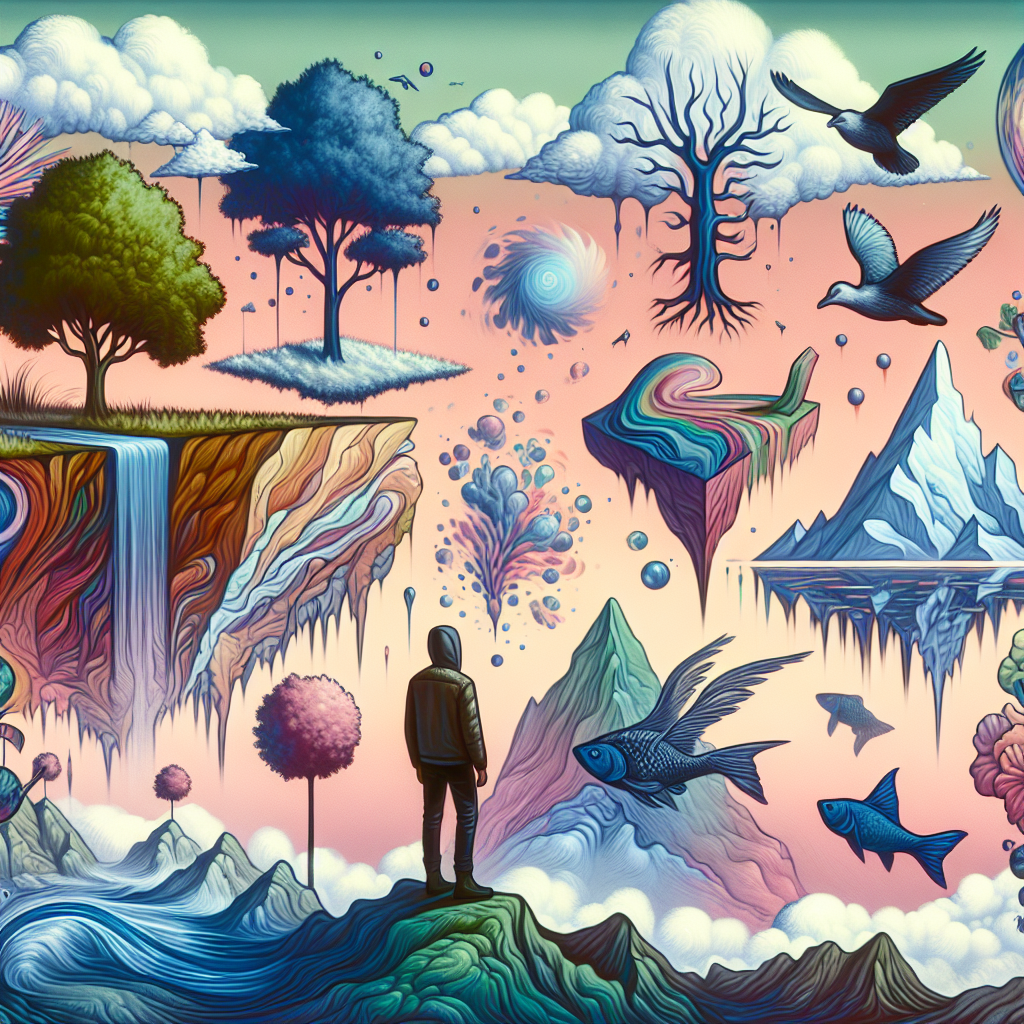AI Hallucinations: Navigating the Illusions of Artificial Intelligence
AI systems can experience 'hallucinations,' where they generate information that seems plausible but is inaccurate or misleading. These can significantly impact sectors such as law, healthcare, and autonomous vehicles. Mitigating risks involves using high-quality training data and double-checking AI output with reliable sources.

- Country:
- United States
Artificial intelligence is capable of experiencing hallucinations, a phenomenon where it produces plausible yet inaccurate content. These hallucinations can manifest across various AI systems, such as chatbots, image generators, and autonomous vehicles, creating potentially dangerous misinformation in different contexts.
When AI systems hallucinate, the misinformation can range from minor errors to severe outcomes, particularly in critical industries like healthcare and legal sectors. An error in image recognition by self-driving cars or an incorrect legal citation can have drastic consequences.
To combat these AI hallucinations, it's crucial to utilize accurate training data and maintain a critical approach to AI-generated data by verifying information with trusted sources, thereby reducing associated risks.
(With inputs from agencies.)










